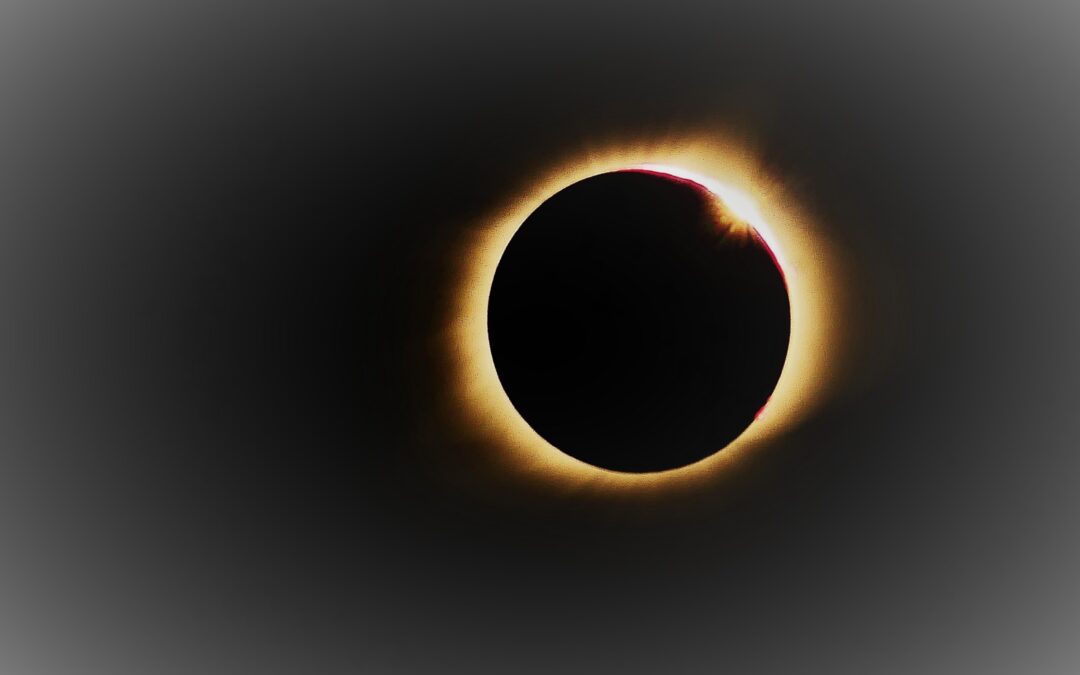FARMINGTON, MO (NewsFirst) – In a celestial twist, Southwest Airlines is inviting passengers to witness the 2024 total solar eclipse from the skies, providing a rare opportunity to catch this cosmic spectacle at a cruising altitude of over 30,000 feet.
On April 8, 2024, the total solar eclipse will cast its shadow across North America and right across the News First regions, gracing the skies. Southwest decided this astronomical event would be a good time to fly, and they have unveiled a selection of flights traversing both direct and partial paths for optimal eclipse viewing.
Among the highlighted routes are:
- Southwest Flight #1252: Departure from Dallas (Love Field) at 12:45 p.m. CDT, bound for Pittsburgh.
- Southwest Flight #1721: Austin departure at 12:50 p.m. CDT, en route to Indianapolis.
- Southwest Flight #1910: St. Louis departure at 1:20 p.m. CDT, heading for Houston (Hobby).
Additionally, Southwest pointed out a few other flights that “may also cross the path of totality” during their scheduled times:
- Southwest Flight #955: Dallas (Love Field) departure at 12:50 p.m. CDT, destined for Chicago (Midway).
- Southwest Flight #506: Milwaukee departure at 1:05 p.m. CDT, bound for Dallas (Love Field).
- Southwest Flight #1734: Houston (Hobby) departure at 1:35 p.m. CDT, en route to Indianapolis.
- Southwest Flight #1682: Chicago (Midway) departure at 1:30 p.m. CDT, heading for Austin.
- Southwest Flight #3108: Nashville departure at 1:40 p.m. CDT, bound for Dallas (Love Field).
While ground-based viewers can also witness the eclipse, Southwest is offering a unique vantage point for those who wish to soar above the celestial display.
The eclipse’s journey begins over the South Pacific Ocean, with Mexico’s Pacific coast experiencing totality around 11:07 a.m. PDT, weather permitting. The eclipse will then traverse the U.S., touching down in Texas and passing through states such as Oklahoma, Arkansas, Missouri, Illinois, Kentucky, Indiana, Ohio, Pennsylvania, New York, Vermont, New Hampshire, and Maine, before venturing into Canada.
Exiting continental North America at the Atlantic coast of Newfoundland, Canada, around 5:16 p.m. NDT, the eclipse promises a breathtaking celestial journey.
Top cities for optimal eclipse viewing include Cape Girardeau, Missouri; Paducah, Kentucky, Carbondale, Illinois and almost all of the region.
Recent celestial enthusiasts were treated to a “ring of fire” eclipse, distinct from a total solar eclipse, where the moon leaves a bright, blazing border as it aligns between Earth and the sun. Enjoy this Solar Eclipse, because the next one in North America isn’t until August, 23, 2044.


